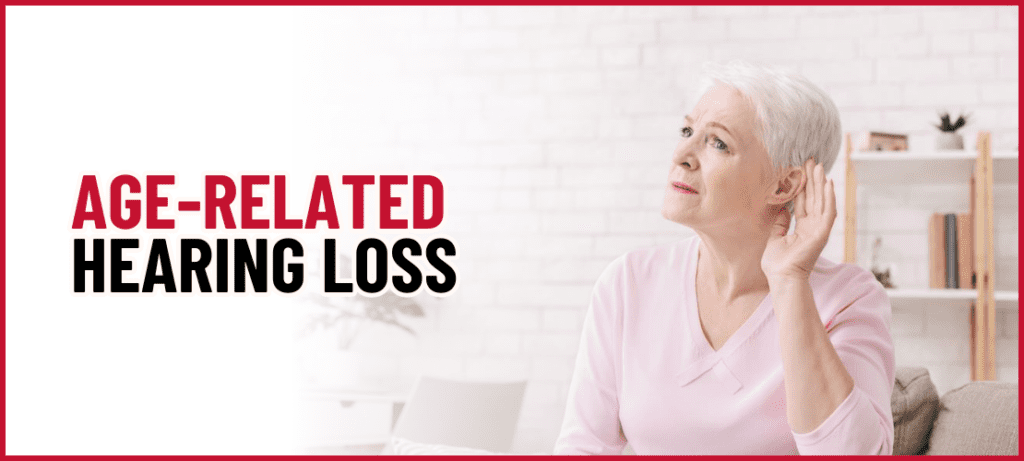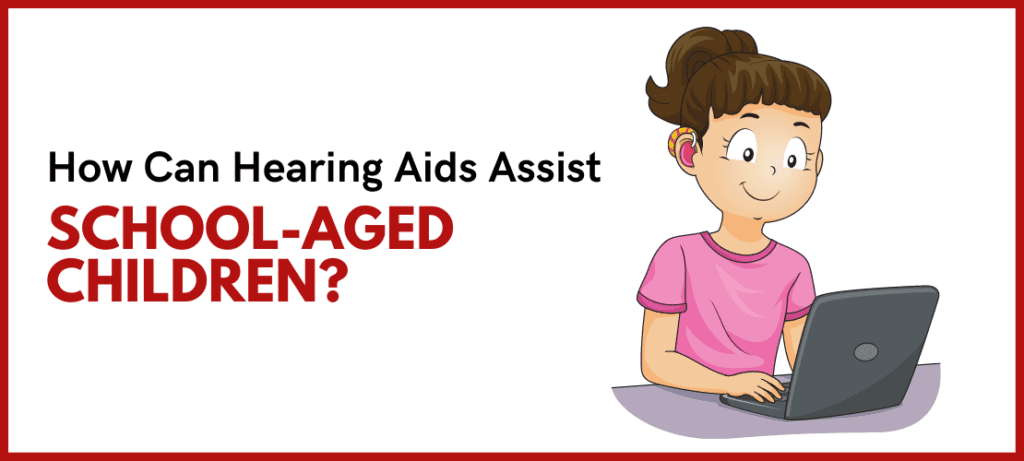All that is needed for the purchase of a hearing aid
Table of Contents

Steps to know to purchase of a hearing aid
It’s the easiest thing to believe that once you identify a hearing loss problem, all that is needed is the purchase of a hearing aid. We’d like to break that belief, in exactly six steps.
Dr. H. Gustav Mueller, founder of American Academy of Audiology, along with Dr. James Hall, a renowned and awarded American audiologist, has described the right fitting of hearing aid for adult patients with hearing loss through a six-step process.
First Step: Hearing Assessment
Any complaint of hearing loss has to be evaluated for its extent and its causes, with auditory and non-auditory considerations, in order to determine whether a patient qualifies for acquiring a hearing aid. This evaluation is best conducted by a certified audiologist.
Second Step: Treatment Planning
Once the diagnosis is established, a hearing aid would be recommended to increase the patient’s hearing potential. The treatment must focus on not only identifying the right hearing device, but also on enhancing the patient’s ability to communicate.
Third Step: Selection and Fitting
This is a thoughtful process. It relies on the fact that during the assessment of the hearing loss, more than just the auditory factors were taken into account. The patient’s degree of hearing loss, lifestyle and therefore battery requirements, external ear geometry, and cosmetic concerns must be carefully considered, to be able to recommend the optimal hearing device.
Fourth Step: Verification
It’s time to check if the hearing aid fits the patient, not just externally, but intrinsically. The soft sounds must be audible, speech recognition must be consistent or improved, and the loud sounds must be limited to a level of comfort.
Fifth Step: Orientation and Counselling
A hearing aid will definitely help in collecting sounds and sending them to the brain, but it does well to remember that there is also the task of getting accustomed to hearing in a new way, and communicating in a new way. This involves the patient, as well as the family. With counseling, time is spent with the patients and their families, helping them adjust to amplified sounds. On average, the patients require one and a half hour of counseling for the first two months after the fitting process of the hearing aid.
Sixth Step: Validation
The proof lies in measuring the difference in the patient’s life and the impact of the hearing aid on this difference. This is an ongoing process, as it can be noted with every visit of the patient while using the hearing aid. It also includes re-programming or fine-tuning the hearing device as required, based on the patient’s feedback on preferred sound requirements.
David P Pascoe, PhD, audiologist and former professor at Washington University in St. Louis observed, “Although it is true that mere detection of a sound does not ensure its recognition, it’s even more true that without detection, the probabilities of correct identification are greatly diminished!” Therefore, it is essential to bridge the gap between a hearing problem and the correct hearing solution with a thorough and systematic approach, rather than a short-cut purchase of a hearing aid.
Related Post
-
 2025 Signia Hearing Aid Price
2025 Signia Hearing Aid Price -
Understanding Communication Issues in Elderly Patients: The Distinction Between Hearing and Listening
-
 Hearing Loss: Types, Symptoms, Causes & Treatment
Hearing Loss: Types, Symptoms, Causes & Treatment -
 Age-Related Hearing Loss (Presbycusis)
Age-Related Hearing Loss (Presbycusis) -
 How to Safely and Properly Clean Your Ears- Methods & What to Avoid
How to Safely and Properly Clean Your Ears- Methods & What to Avoid -
 Hearing Aids- Benefits, Different Styles/Types and How They Work
Hearing Aids- Benefits, Different Styles/Types and How They Work -
 What Level Of Hearing Loss Requires A Hearing Aid?
What Level Of Hearing Loss Requires A Hearing Aid? -
 Differences Between Conductive and Sensorineural Hearing Loss
Differences Between Conductive and Sensorineural Hearing Loss -
 When is the correct time to upgrade Hearing Aids?
When is the correct time to upgrade Hearing Aids? -
 How Can Hearing Aids Assist School Aged Children?
How Can Hearing Aids Assist School Aged Children? -
 The Impact of Hearing Loss on Cognition
The Impact of Hearing Loss on Cognition -
 Hearing Resides in Your Brain, Not Just Your Ears
Hearing Resides in Your Brain, Not Just Your Ears -
 Exploring Link Between Hearing Loss and Depression_ Breaking the Silence
Exploring Link Between Hearing Loss and Depression_ Breaking the Silence -
 New Hearing Aids? Here’s How To Make The Most Of The Device
New Hearing Aids? Here’s How To Make The Most Of The Device -
 The Unseen Link Between Diabetes and Hearing Loss
The Unseen Link Between Diabetes and Hearing Loss















